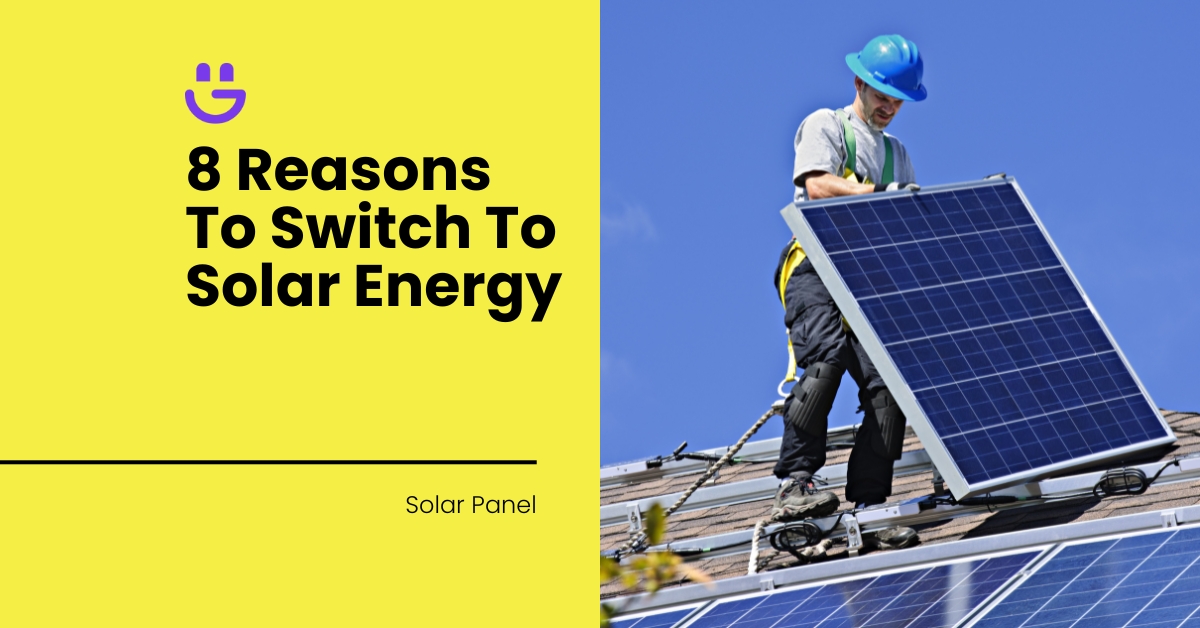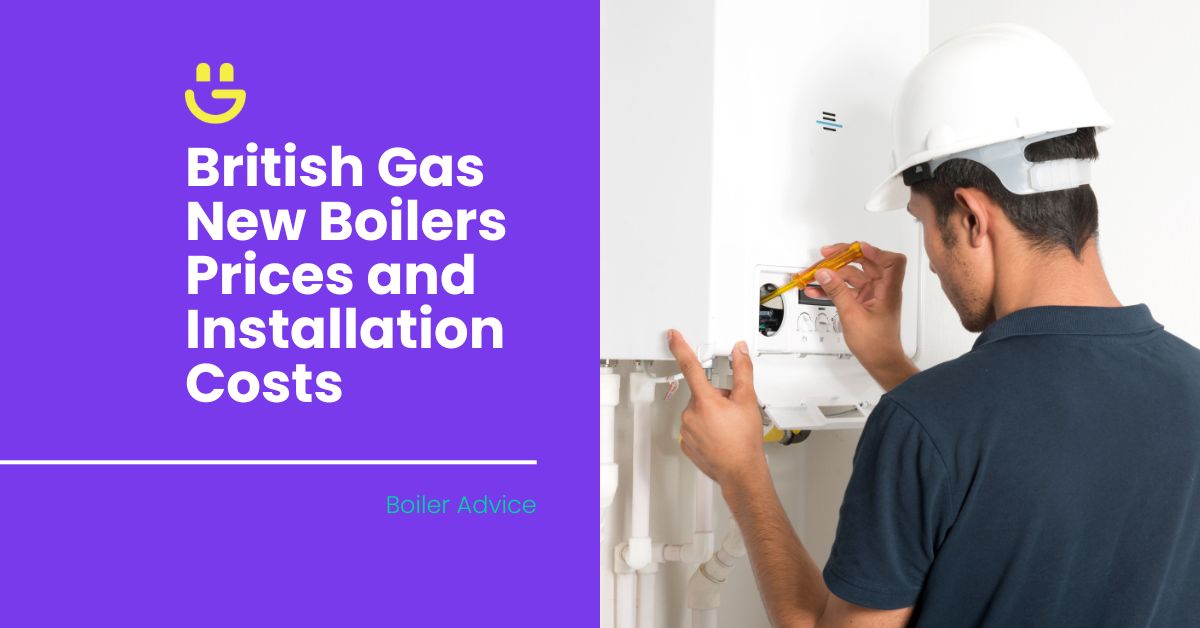Last Updated on November 14, 2025
Yes, solar panels can be installed efficiently and safely on a slate roof. Slate is a good surface that supports a secure rack mounting. However, installing solar on slate roofs is more complicated compared to other roof types. Slate is more brittle than most other roofing materials and must be handled with care.
This makes fitting solar panels on a slate roof more challenging. Installers must take extra precautions and spend more time on-site. Special equipment and materials are needed. The installation will likely take a day or two longer and cost around 20% to 30% more than a standard job.
If you are considering a solar project and wondering can solar panels be installed on a slate roof, we have all the answers for you. Read on for a breakdown of the installation process, costs involved, and important solar considerations. We also look at alternate ways to secure solar on slate roofs.
Contents
- 1 How Are Solar Panels Installed On A Slate Roof?
- 1.1 Step 1: Professional assessment
- 1.2 Step 2: Preparation and marking the installation area
- 1.3 Step 3: Removal of selected slate tiles
- 1.4 Step 4: Installing roof flashing
- 1.5 Step 5: Secure the mounting brackets
- 1.6 Step 6: Cutting and replacing slate tiles
- 1.7 Step 7: Mounting the solar panels
- 1.8 Step 8: Electrical connections and system integration
- 2 How Long Does It Take to Install Solar Panels On A Slate Roof?
- 3 How Much Does It Cost to Install Solar Panels On Slate Roofs?
- 4 Are There Other Solar Panel Options for a Slate Roof?
- 5 Get A Solar Panel Installation Quote Today
- 6 FAQs
- 7 Our Verdict
How Are Solar Panels Installed On A Slate Roof?
Installing a solar panel system on a slate roof involves securing mounting racks on the roof structure, fitting solar panels onto the racks, and connecting cables from the panels to the inverter. The inverter converts the DC solar electricity into the AC electricity that powers your appliances. Let’s look at 10 essential installation steps in more detail.
Step 1: Professional assessment
A professional installer will first inspect the roof to ensure it is structurally sound and suitable for solar panels. This includes checking for damaged or loose slate tiles and assessing the roof’s pitch, orientation, and exposure to sunlight.
In the UK, the ideal roof for maximising solar energy efficiency is a south-facing, unshaded roof with a pitch between 30 and 40 degrees. This orientation allows solar panels to capture the most sunlight throughout the day, optimising energy generation.
However, east- and west-facing roofs can also generate a substantial amount of electricity, while north-facing roofs tend to be less efficient due to limited sun exposure.
The installer will assess your property and recommend the optimal number of panels needed to meet your household’s energy demands.
Their evaluation will include the best panel layout, suitable solar panel type, size, and configuration to maximise efficiency while ensuring seamless integration with your roof structure.
Step 2: Preparation and marking the installation area
Before any physical work begins, the installer will mark the panel layout using chalk to ensure precise placement. This step helps align the mounting system with the roof’s rafters and battens, minimizing unnecessary alterations.
Step 3: Removal of selected slate tiles
To avoid cracking or breaking the tiles, installers will remove select slates using tools like a slate ripper, hammer, or roof saw. These tools allow for nail removal without excessive force, preserving both the tiles and the underlying roof structure.
Step 4: Installing roof flashing
A lead, zinc, or waterproof plastic flashing is secured to the battens. This flashing creates a watertight seal, preventing leaks and ensuring compliance with industry standards such as MCS 012 certification.
Step 5: Secure the mounting brackets
Mounting brackets or roof anchors are then fixed to the rafters using corrosion-resistant screws or hanger bolts. Some installations may also use standoffs to elevate the brackets and prevent direct contact with the slates.
Step 6: Cutting and replacing slate tiles
The removed tiles are then carefully trimmed to fit around the brackets using a professional slate cutter. To allow for natural expansion and contraction, a small gap is often left around the bracket. Once cut, the slates are reinstalled seamlessly, maintaining the roof’s aesthetic and protective function.
Step 7: Mounting the solar panels
With the mounting system in place, rails are attached to the brackets, followed by the installation of the solar panels. Each panel is securely locked onto the rails and connected using MC4 connectors for a reliable electrical link.
Step 8: Electrical connections and system integration
The final step involves connecting the inverter to the solar panels and the property’s fuse box (consumer unit). If a battery storage system is included, it is integrated at this stage to optimise energy usage..
When installing solar panels it’s a good idea to consider a solar battery. Currently, there is 0% VAT on batteries installed in homes and some businesses as part of a solar system. Solar panels are also zero VAT rated.
Most solar energy is produced in the middle of the day when the sun’s rays are strongest. This doesn’t align with most households’ needs since homes usually consume more energy in the early morning and the evening. This is where a solar battery comes in handy. Excess energy produced during the day can be stored in the battery for later usage.
How Long Does It Take to Install Solar Panels On A Slate Roof?
The time required to install solar panels on a slate roof varies depending on the size and complexity of the installation. On average, a home solar panel system on a slate roof takes three to five days to install, which is longer than the typical one to two days required for asphalt shingle or metal roofs.
This is due to the fragility of slate tiles, which require careful removal and reinstallation to prevent damage.
For larger or more complex projects such as steep roofs, intricate layouts, or roofs needing structural adjustments, the installation may take over a week. The process also depends on the experience of the installers and the specific mounting method used.
The following factors influence the job’s duration:
- The number of panels installed.
- The number of installers on the job.
- The difficulty of the roof as a working surface and the condition of the slate.
- Possible challenges with running cable from the panels to the inverter.
- The time to set up scaffolding (this can take half a day or longer).
- If additional fixtures such as an Electric Vehicle charger, solar batteries, and anti-bird barriers are included overall installation time will be longer.
How Much Does It Cost to Install Solar Panels On Slate Roofs?
The average cost of installing solar panels on a slate roof ranges from £6,000 to £13,000+ depending on factors relating to the property and the solar system. This excludes a battery.
Property factors include:
- Your monthly electricity consumption in kWh- which you will find on your bill.
- The property and roof size.
- How well your roof harnesses the sun. A north-facing roof needs a larger installation than a south-facing roof, for example.
Solar variables include:
- The number of panels required.
- Size of the panels in wattage. The panels in residential solar systems usually range from 300W to a little over 400W. The more powerful the panels the fewer you need.
- Efficiency and quality of the panels.
- Installation costs.
The inverter costs from £700 up to £1,600. This is usually included in the overall price when installing solar panels.
Bearing in mind that costs differ from home to home here are approximate indications for installing solar panels on slate roofs. Because a storage battery isn’t always included in a solar setup the battery cost is shown separately.
| House Size | Annual Electricity Usage | Solar Panel System kWh Output | No. of Solar Panels 350W | Price | Additional: Solar Battery Cost |
|---|---|---|---|---|---|
| 1 bedroom | <2,000 kWh | 3kWh | 6-8 | £6,000 – £7,500 | £2,000 – £2,500 |
| 2 bedroom | 2,000-2,900 kWh | 3.5 kWh – 4kWh | 8-10 | £7,500 – £8,500 | £2,500 – £3,000 |
| 3-4 bedroom | 3,000 – 5,000 kWh | 5kWh | 10-16 | £8,500- £10,500 | £3,000 – £4,500 |
| 5 or more bedrooms | 5,000 – 8,000 kWh | 6kWh | 16-20 | £10,000 – £13,000+ | £4,500 – £7,000+ |
While the capital outlay for solar is expensive there are incentives and other reasons suggesting that solar panels are worth it.
Are There Other Solar Panel Options for a Slate Roof?
Yes, there are a few different ways to integrate solar into a slate roof. Let’s explore the most popular options.
Integrated solar panels
Property owners who value their slate roof’s appearance may be reluctant to compromise the look with a raised solar setup.
Integrated solar panels (or in-roof solar panels) offer a solution These panels are designed to be installed within the structure of your roof. A section of tiling is removed and the integrated solar panels are laid in this space. They lie flush on the roof alongside your slate tiles.
These integrated panels are suitable for various roof pitches from 15 to 50 degrees and are durable and waterproof.
Installing in-roof solar panels costs approximately the same, or even a little less, than installing on-roof solar. However, integrated panels are up to 20% less energy-efficient than conventionally mounted panels because there is no airflow beneath them to aid efficient cooling. This means they don’t generate as much electricity as a raised array of the same size.
Solar tiles
Solar tiles are designed to blend in with your roof even more seamlessly than integrated panels. They are small and shaped to resemble normal tiles or slate. The idea is to achieve a flush, aesthetically pleasing finish.
Solar tiles are currently around 1.5 times more expensive than solar panels and are less efficient because of the lack of ventilation and their small surface area. They are tough and resilient, able to withstand hail, extreme weather conditions, and ‘vandalism’ by birds.
Installing the tiles involves removing existing slate sections and replacing them with solar units.
Replacing your slate tiles
Some homeowners opt to replace their slate tiles and upgrade their roofs at the same time as they install solar. This may be a consideration if your slate is old, cracked, or broken, or if you want to refresh the property’s appearance. Of course, this is the most expensive route to go.
There are attractive alternatives to slate including clay tiles. Other alternatives that are very well-suited to solar installations include asphalt shingles, metal, and rubber membrane roofing.
Solar panels are easily and effectively installed when the roofing contractors and solar installers coordinate the new roof design together.
Get A Solar Panel Installation Quote Today
Securing greater energy independence, reducing your carbon footprint, and lowering your electricity bills are excellent reasons to install solar panels whatever your roof type.
There were more than 183,000 solar panel installations in the UK in 2023, up a third from 2022. As solar experts, Eco Happy has helped hundreds of property owners achieve successful solar panel installations. We’d be delighted to guide you to find the right solar solution for your home.
It’s an exciting time to be installing solar panels. If you’re ready to get started contact Eco Happy or simply complete our quick online form for a free, no-obligation solar installation quote. Join the hundreds of thousands of property owners experiencing the benefits of clean, renewable affordable energy.
FAQs
Are slate roofs strong enough to carry solar panels?
Most slate roofs can safely support the weight of solar panels. However, a qualified roofing professional should be consulted before proceeding with a solar project. A professional evaluation will confirm that your property and slate roof have the structural integrity to accommodate the solar array. It will also advise the best way to harness the sun’s energy.
What type of roof is best for solar panels?
Asphalt shingle roofs are considered the best for solar panels because they are durable and typically have a lifespan of 20 -30 years. It is easy to drill and secure mounts for solar panels on this type of roofing.
Can solar panels be installed on any roof type?
Solar panels can be installed on most roof types. There are a few exceptions like thatch and wooden shingle roofs that are not suitable for solar because of concerns over fire safety.
Our Verdict
Installing solar panels on a slate roof is a little more labour-intensive and expensive than fitting solar on more regular roofing material. A slate roof installation may cost 25% more than other roofing materials.
Exact installation costs depend on how many panels you need to deliver the property’s electricity demands. Your roof’s size, configuration, position, and pitch also impact the price – which ranges from approximately £6,000 for a 1-bedroom home to £13,000 for a 5-bedroom household (excluding battery).
Government incentives such as ECO4 and HUG2 offer financial subsidies to encourage homeowners to invest in solar. Thousands are choosing to upgrade their properties and lower their bills by taking advantage of solar energy.





Tom Allen
Solar Expert